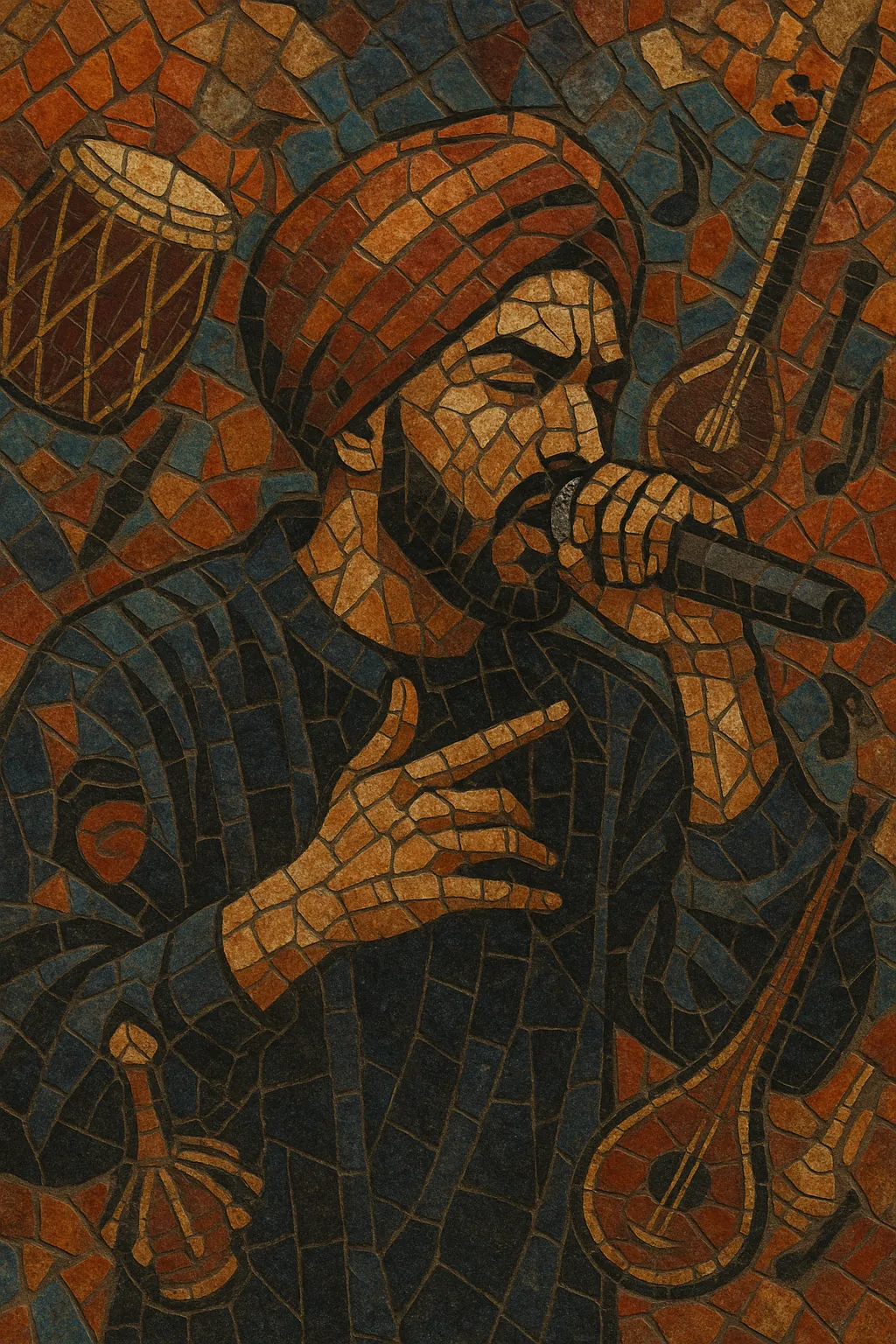Desi hip hop is a South Asian take on hip hop that blends the culture, languages, and musical idioms of the subcontinent with rap’s global aesthetics.
Lyrics commonly mix Hindi, Urdu, Punjabi, Bengali, Tamil, and English (often Hinglish), while production weaves boom-bap and trap with desi textures such as dhol and tumbi rhythms, Bollywood string motifs, qawwali/harmonium colors, and filmi vocal phrasing.
The style ranges from gritty "gully" storytelling and social commentary to braggadocious club bangers and melodic pop-rap crossovers, reflecting both street-level realities and the South Asian diaspora’s hybrid identity.
Desi hip hop emerged in the late 1990s among South Asian diaspora communities and early Indian underground circles, absorbing core elements of US hip hop while reflecting local languages and cultural references. Early British-Asian and North American acts helped normalize South Asian identity in rap, and Punjabi/Bollywood musical idioms began to appear in beats and hooks. In the early 2000s, pioneers such as Bohemia popularized Punjabi rap and set templates for bilingual flows and desi-inflected production.
Throughout the 2010s, Indian artists including Yo Yo Honey Singh, Badshah, Raftaar, Brodha V, and KR$NA drove rap into mainstream pop, film, and advertising. Parallel to commercial success, a grassroots "gully" movement—spearheaded by DIVINE and Naezy—centered on Hindi/Urdu storytelling, social commentary, and street realism. Viral singles, YouTube, and streaming platforms accelerated the scene, leading to broader acceptance across the subcontinent and in regional languages (e.g., Tamil hip hop via Hiphop Tamizha).
Bollywood’s embrace of rap (and the 2019 film "Gully Boy") brought mass visibility. Festival stages, brand partnerships, and competitive cyphers/battle circuits expanded the ecosystem. Producers increasingly fused trap drums with dhol/tumbi, sampled filmi and qawwali timbres, and tailored bilingual toplines for radio and clubs. By the 2020s, desi hip hop had diversified into regional scenes, from Punjabi and Marathi to Tamil and Malayalam, while retaining hip hop’s core ethos of self-expression and social voice.


